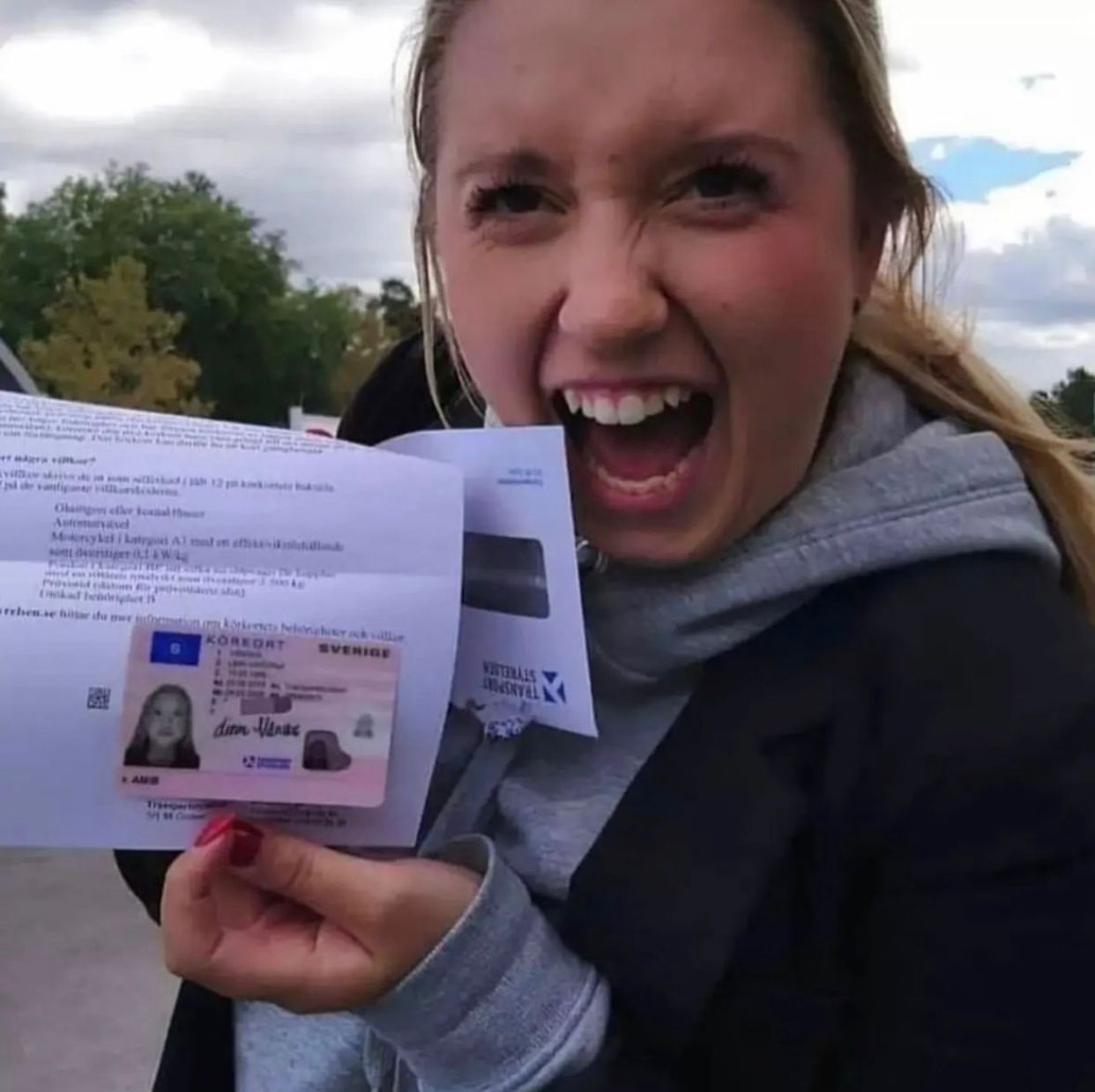The Future of Driving Licenses: ID Handling in 2025
As innovation continues to progress at an extraordinary rate, various sectors are embracing innovations to enhance user experience and effectiveness. One of the areas experiencing substantial change is identity management, especially concerning driving licenses. With the introduction of digital licenses and advanced identification methods, the landscape of driving license ID handling is anticipated to undergo substantial changes by 2025. This short article checks out the anticipated advancements in driving license ID handling, the ramifications for users, and responses often asked questions about the future of driving licenses.
The Evolution of Driving Licenses
Driving licenses have traditionally functioned as a way of recognizing an individual's authority to run a motor car. Köp Snabbt Körkort serve several secondary purposes, consisting of age verification and identity verification for banking and travel. However, the physical card system has restrictions, including threats of counterfeiting, loss, and out-of-date information. As society seriously depends on effective and safe and secure identification systems, the transition towards digital licenses is ending up being progressively popular.
Existing Trends in Driving License ID Handling
- Digital Licenses: Many states are piloting digital driving licenses that permit users to save their qualifications on their smart devices. These digital licenses are created with advanced security features, including biometric information, and can be scanned or shared securely.
- Blockchain Technology: Some jurisdictions are checking out blockchain to enhance the security and authenticity of driving licenses. This technology guarantees that information can not be tampered with and that the information is quickly verifiable.
- Facial Recognition: Increasingly utilized in identification practices, facial recognition innovation can speed up the procedure of validating a person's identity against their driving license. Juridiskt Körkort Online helps in reducing scams and maintain the integrity of the licensing systems.
- Multi-Functional Licenses: Future driving licenses may integrate extra functions such as health records, travel documents, and even payment systems, providing an extensive identity service.
The Benefits of Digital Driving Licenses by 2025
The shift towards digital driving licenses presents a number of benefits, consisting of:
- Convenience: Users can access their licenses anytime, which removes the requirement for physical cards. This is particularly useful when people forget their license, as digital copies can be obtained rapidly.
- Security: Advanced security procedures can minimize the threat of identity theft, fraud, and unauthorized duplication. Digital licenses frequently consist of encryption and biometric verification.
- Effectiveness: Reduced wait times at government offices and during traffic stops, as police can validate digital licenses immediately.
Ramifications for Users
While the improvements in driving license ID managing present various benefits, they also come with difficulties. Users require to adapt to brand-new technology and guarantee they comprehend the changes and their ramifications. Here are some considerations:
- Privacy Concerns: With increased digital footprints, there will be heightened concerns over data privacy and how biometric data is saved and used.
- Availability Issues: Individuals without access to smart devices or digital innovations might face barriers to obtaining and using digital licenses.
- Regulative Compliance: With different jurisdictions embracing different systems and processes, users must know their regional laws regarding digital licenses and recognition.
Prepared For Changes in Driving License ID Handling by 2025
| Aspect | Current Status | Anticipated Change by 2025 |
|---|---|---|
| License Format | Physical cards | Mainly digital licenses |
| Verification Process | Manual checks | Automated biometric verification |
| Security Measures | Fundamental holograms and functions | Advanced file encryption and blockchain |
| Jurisdictional Differences | Fragmented processes throughout states | More standardized nationwide systems |
| User Interaction | In-person renewals and checks | Mobile applications for management |
Frequently asked questions
1. What is a digital driving license?A digital driving license is an electronic version of a standard driving license that is kept on a mobile phone. It can be utilized for identification and confirmation in different situations, with improved security functions to avoid scams.
2. How will digital licenses boost security?Digital licenses use encryption and biometric data, making them harder to create or misuse compared to traditional cards. Furthermore, blockchain innovation can guarantee data authenticity and stability.
3. Will everyone be needed to switch to a digital license?While numerous jurisdictions are moving towards digital licenses, guidelines may vary. Users are motivated to contact their local licensing authorities for particular guidelines.
4. What are the potential disadvantages of digital licenses?Some possible disadvantages consist of privacy concerns regarding data storage, availability problems for people without smartphones or digital literacy, and the need for a robust regulative structure to manage security and user rights.
5. How can I prepare for the shift to digital licenses?Stay notified about regional initiatives regarding digital licenses, check out offered mobile applications for handling identification, and cultivate digital literacy to navigate brand-new innovations confidently.
The future of driving licenses and ID handling is poised for substantial advancement by 2025. As digital licenses end up being more widespread, users will experience improved security, convenience, and efficiency. Nevertheless, alongside the advantages come difficulties that will require public awareness and adjustment. Stakeholders should prioritize education, guideline, and ease of access to make sure a smooth shift that empowers individuals with the recognition tools of the future. As innovation advances, so too will the approaches through which society handles identity, especially important in procedures as fundamental as operating an automobile.

